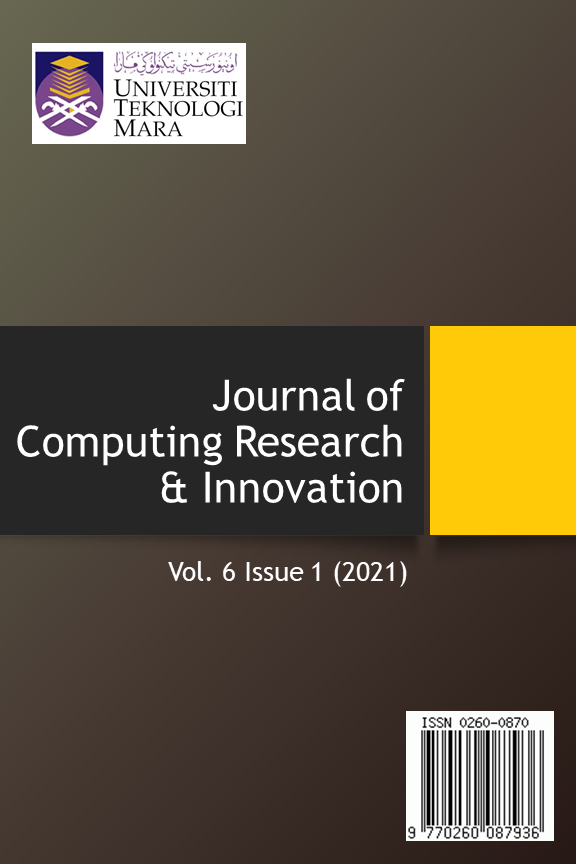Fuzzy Time Series for Projecting School Enrolment in Malaysia
DOI:
https://doi.org/10.24191/jcrinn.v6i1.180Keywords:
Fuzzy Time Series, School Enrolment, Forecasting, Education Level, AccuracyAbstract
There are a variety of approaches to the problem of predicting educational enrolment. However, none of them can be used when the historical data are linguistic values. Fuzzy time series is an efficient and effective tool to deal with such problems. In this paper, the forecast of the enrolment of pre-primary, primary, secondary, and tertiary schools in Malaysia is carried out using fuzzy time series approaches. A fuzzy time series model is developed using historical dataset collected from the United Nations Educational, Scientific, and Cultural Organization (UNESCO) from the year 1981 to 2018. A complete procedure is proposed which includes: fuzzifying the historical dataset, developing a fuzzy time series model, and calculating and interpreting the outputs. The accuracy of the model are also examined to evaluate how good the developed forecasting model is. It is tested based on the value of the mean squared error (MSE), Mean Absolute Percent Error (MAPE) and Mean Absolute Deviation (MAD). The lower the value of error measure, the higher the accuracy of the model. The result shows that fuzzy time series model developed for primary school enrollments is the most accurate with the lowest error measure, with the MSE value being 0.38, MAPE 0.43 and MAD 0.43 respectively.
Downloads
References
Chen, S. M. (2002). Forecasting enrollments based on high-order fuzzy time series. Cybernetics and Systems. https://doi.org/10.1080/019697202753306479
Dani, S., & Sharma, S. (2013). Forecasting rainfall of a region by using fuzzy time series. Asian Journal of Mathematics and Applications, 2013(1), 1–10.
Hakan, C., Egrioglu, E., Yolcu, U., & Uslu, V. R. (2014). A high order seasonal fuzzy time series model and application to international tourism demand of Turkey, Journal of Intelligent & Fuzzy Systems, 26, 295–302. https://doi.org/10.3233/IFS-120738 Chen et al.
Hakan, C., Yolcu, U., & Egrioglu, E. (2010). A high order fuzzy time series forecasting model based on adaptive expectation and artificial neural networks. Mathematics and Computers in Simulation, 81(4), 875–882. https://doi.org/10.1016/j.matcom.2010.09.011
Huang, Y. (2015). Weighted Fuzzy Time Series Model for Load Forecasting. NCITPA, 81–90.
Mahdzar, M., Ling, S. M., Nair, M. B., & Shuib, A. (2015). Forecasting tourist arrivals to Sabah using fuzzy time series. International Conference on Natural Resources, Tourism and Services Management 2015.
Ramesh, P., Razak, K. (2018). Forecasting Enrollment using Fuzzy Time Series. International Journal of Pure and Applied Mathematics, 2018(15), 3309- 3313
Stevenson, M., & Porter, J. E. (2009). Fuzzy Time Series Forecasting Using Percentage Change as the Universe of Discourse. World Academy of Science, Engineering and Technology, 55, 154–157.
Downloads
Published
How to Cite
Issue
Section
License
Copyright (c) 2021 Nor Hayati Shafii, Rohana Alias, Siti Rohani Shamsuddin, Diana Sirmayunie Mohd Nasir

This work is licensed under a Creative Commons Attribution-ShareAlike 4.0 International License.


